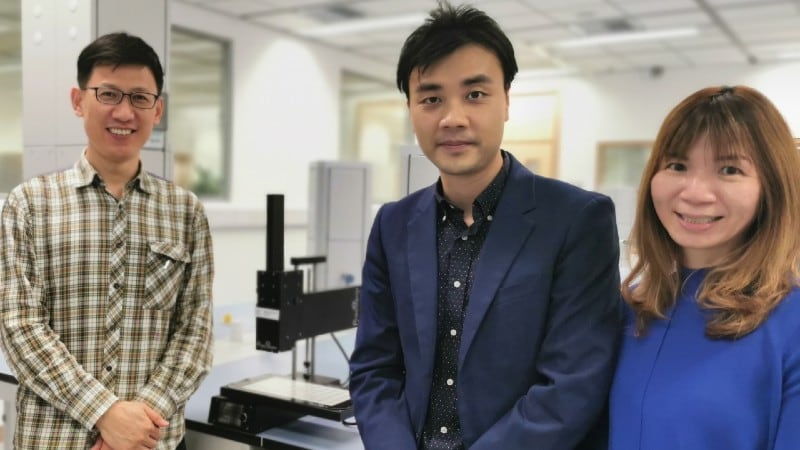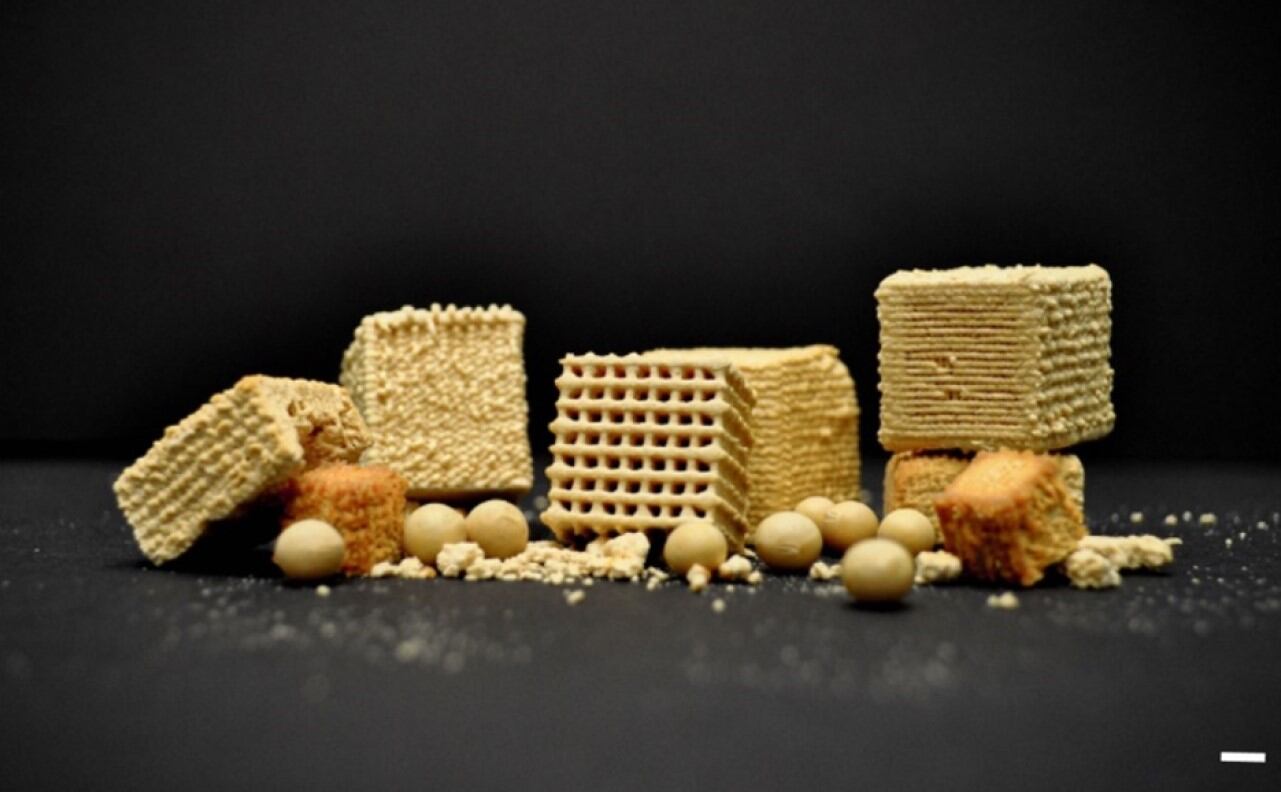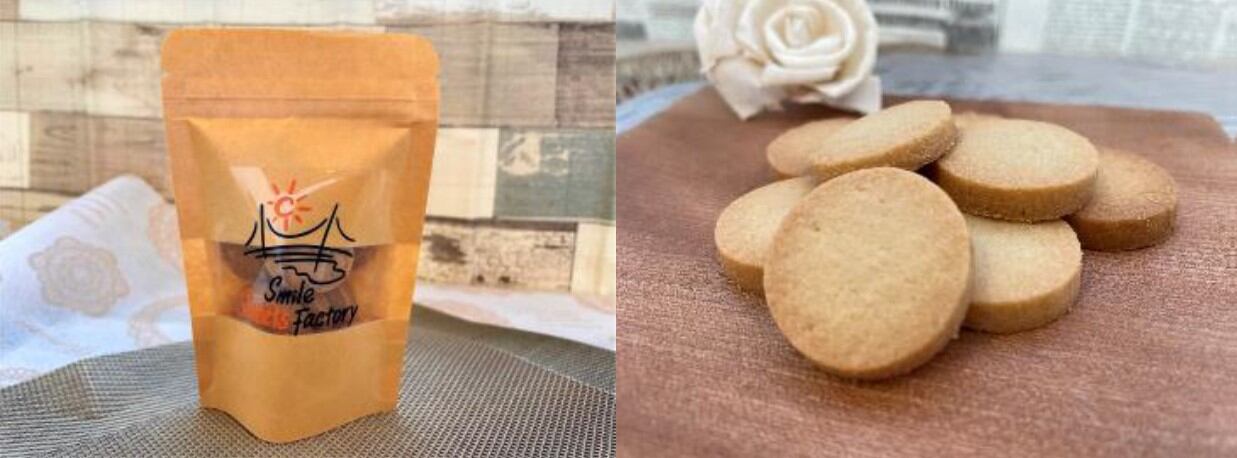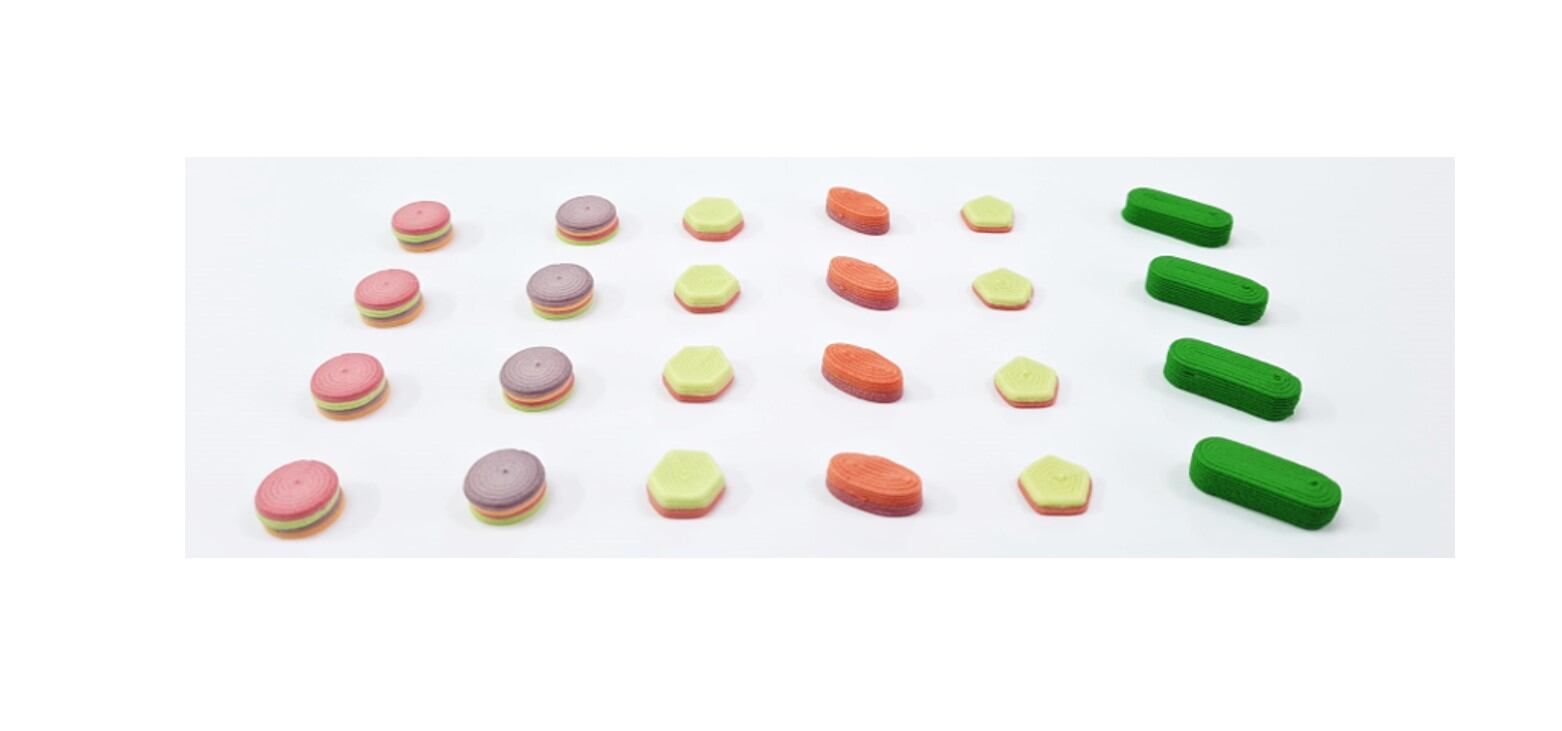Alt Farm is a spin-off from the Hong Kong University of Science and Technology (HKUST), and has developed a patented 3D food printing technology with a nozzle that enables it to print foods with specified textures, a considerable difference from conventional 3D printed foods that are usually gelatinous before any additional processing.
“Most of the 3D food printing technology currently available is focused on applications for the elderly to produce soft foods that can be swallowed easily, or to be used with chocolate to personalize shapes – our technology is nothing like that, the target for us is to make regular food using 3D printing,” Alt Farm Managing Director Kenny Fung told FoodNavigator-Asia.
“We have developed a patented nozzle in which biochemical enzymatic reactions can be carried out to solidify the printed product and generate different textures such as a fibrous texture for plant-based meat products.
“There are two chambers to this nozzle where the initial product is gel-like but then undergoes the squeezing, mixing, temperature and pressure control, and the enzymatic reactions to get the desired texture. Our first target is to make plant-based products, but the technology allows us to adjust the 3D printed food to be most textures from chewy to crunchy and so on.
“The plant-based market is our first target as it is growing really fast, and can has the scale and innovation to support our simultaneous growth as well.”
The first product the firm is looking at is to 3D print is plant-based A5 Wagyu Beef. To do this, the plan is to use soy, pea and algae as the protein source in a ‘meat tube’ and have a meaty flavouring with calcium in a ‘blood tube’ to stimulate fibre formulation in the nozzle, in addition to another ‘fat tube’ using coconut, shea and cocoa butter with methylcellulose which will combine together to 3D print a wagyu steak.
“We aim to have our first 3D printed steak prototype in 12 to 18 months, so some time in 2023,” Alt Farm Operations Director Joanna Hui added.
“Most 3D printing firms today are focused on selling the printers, but there’s less pioneering value in that – our focus will be to sell products, and to do this we will be partnering with food manufacturers and distributors.
“Definitely the first area we think there is most value for this is in making products for retail, and to that end we are looking at China as a key market of focus, as well as Australia. As for the product categories, things like plant-based steak, sashimi, chops and so on are what we think are the best fit – all of these will need different technologies to make, so we have our work cut out.”
In addition to improving textures for plant-based products, Alt Farm also sees consumers looking to 3D printed foods for customisation and healthy personalisation.
“With this technology, it is possible to customise food completely down to the ingredients, shape, nutritional value and so on – what we believe is that if all of the nutritional components are enhanced, there will come a time when consumers will no longer need to take separate supplements in addition to their food to improve their health,” Hui added.
“Consumers could take tests to see what nutrients they are missing and tailor their food accordingly, and there’s also the option to make foods that are organic or gluten-free according to preference.”
Challenges
Despite the team’s lofty ambitions, there are still some challenges that lie in the way of them going to commercialisation at the moment, one of the most pressing being printing capacity.
“At the moment, it can take three to four hours to print a single steak, which is definitely not going to be enough to move to retail mass production,” Fung said.
“So there is a need to further develop this field – and one potential solution is to make more printers. Conventional 3D printers are of course too expensive to consider at tens of thousands of dollars per machine, but we have the engineering capability to modify other types of printers that are cheaper, maybe HK$2,000 to HK$3,000 per machine, to work for us as food printers, so there is a possibility here.”





